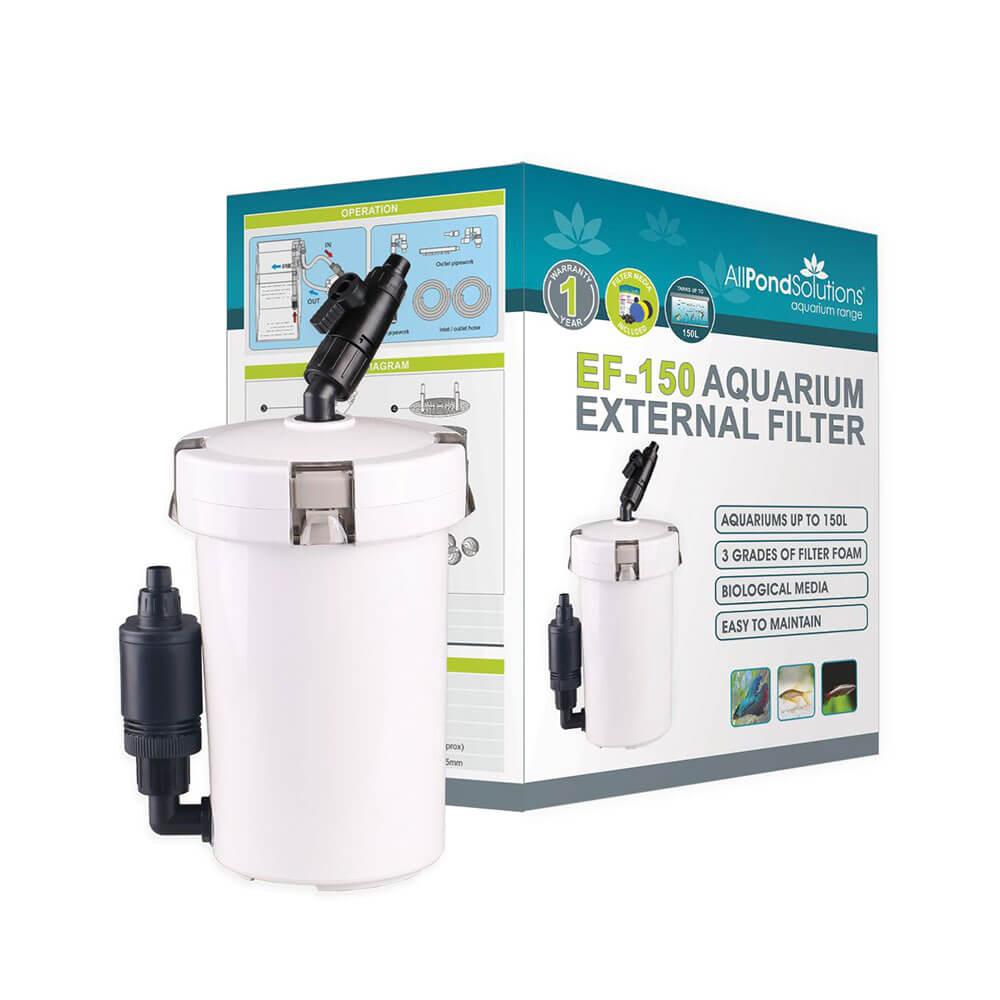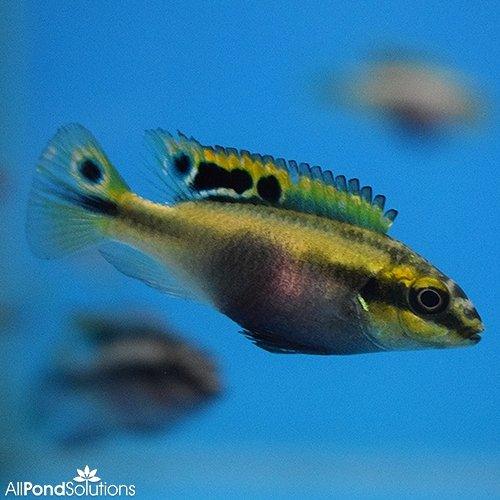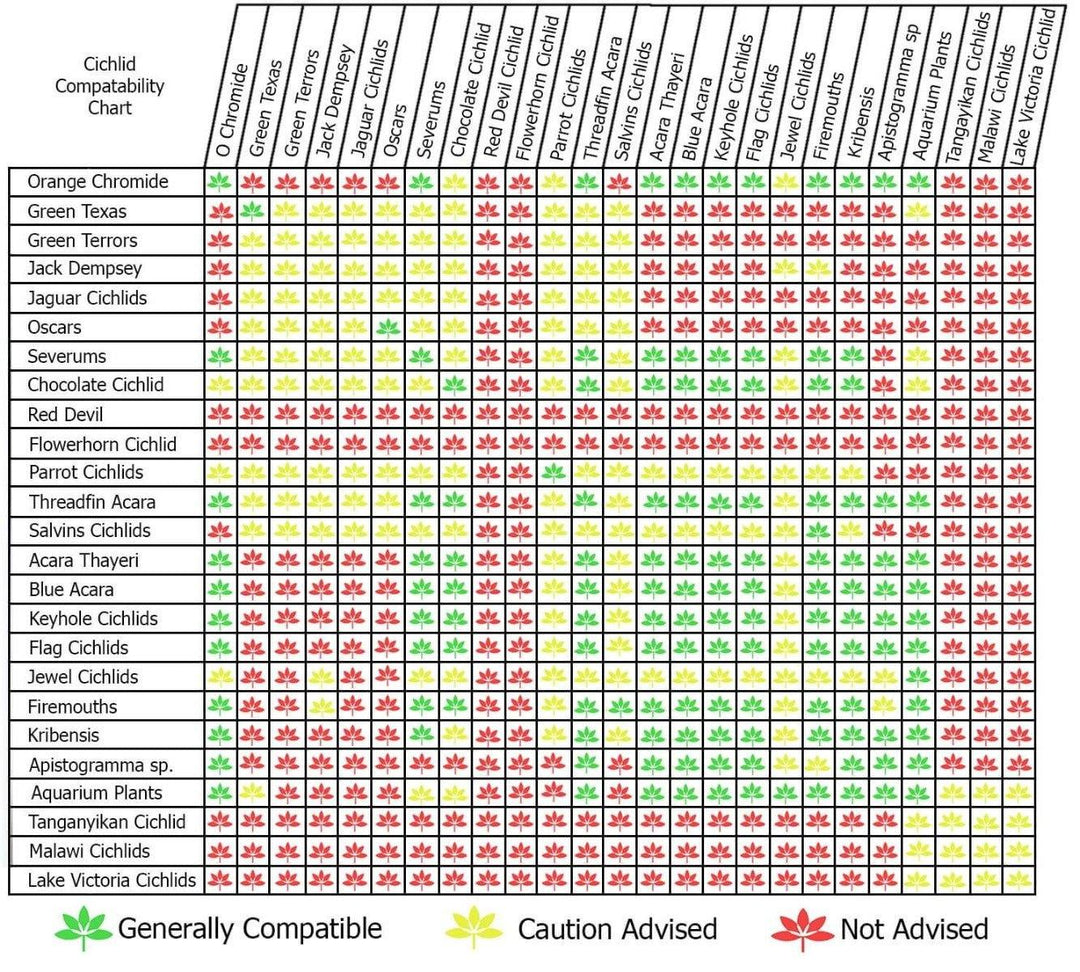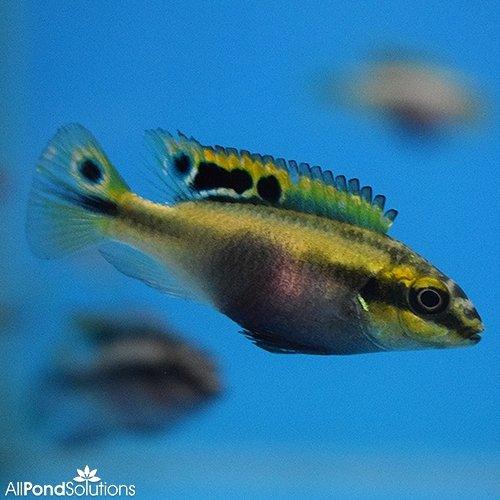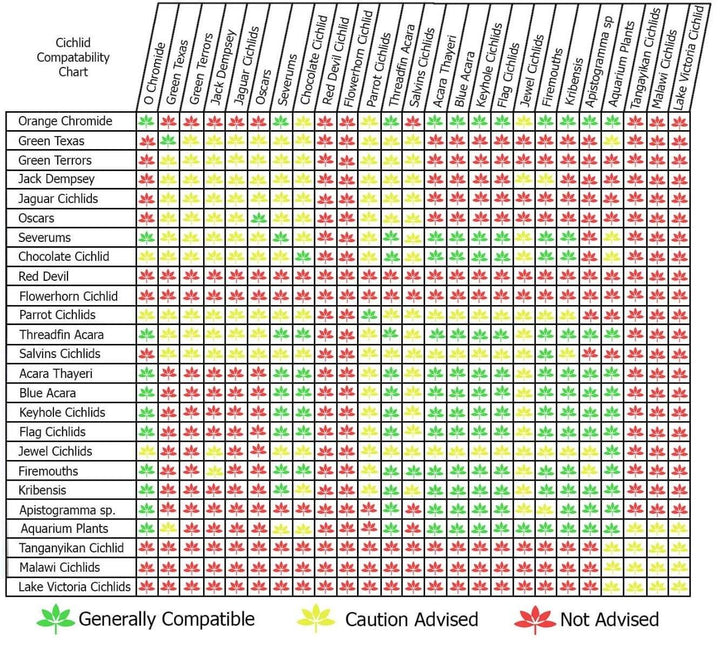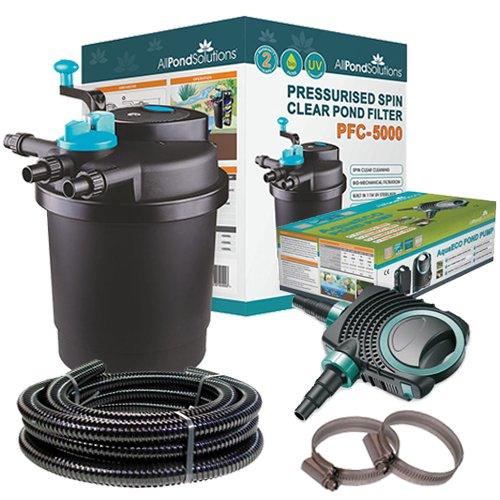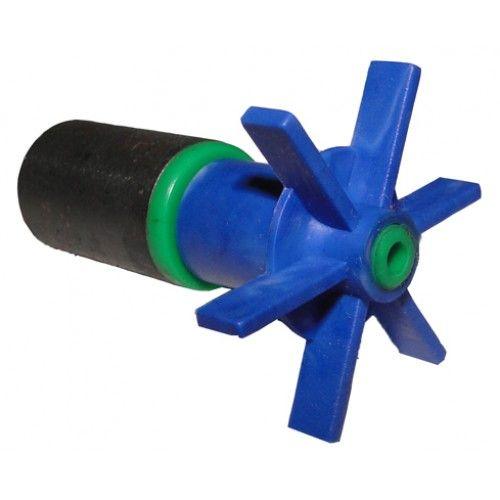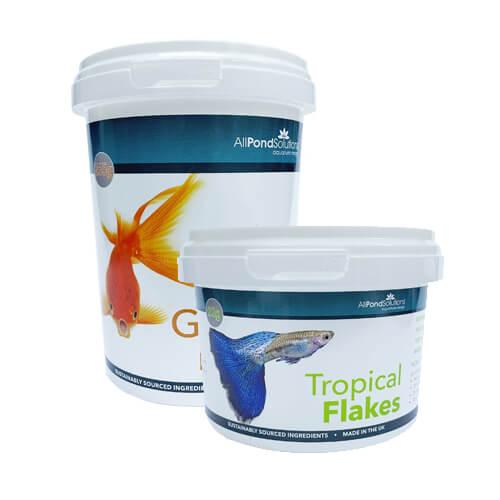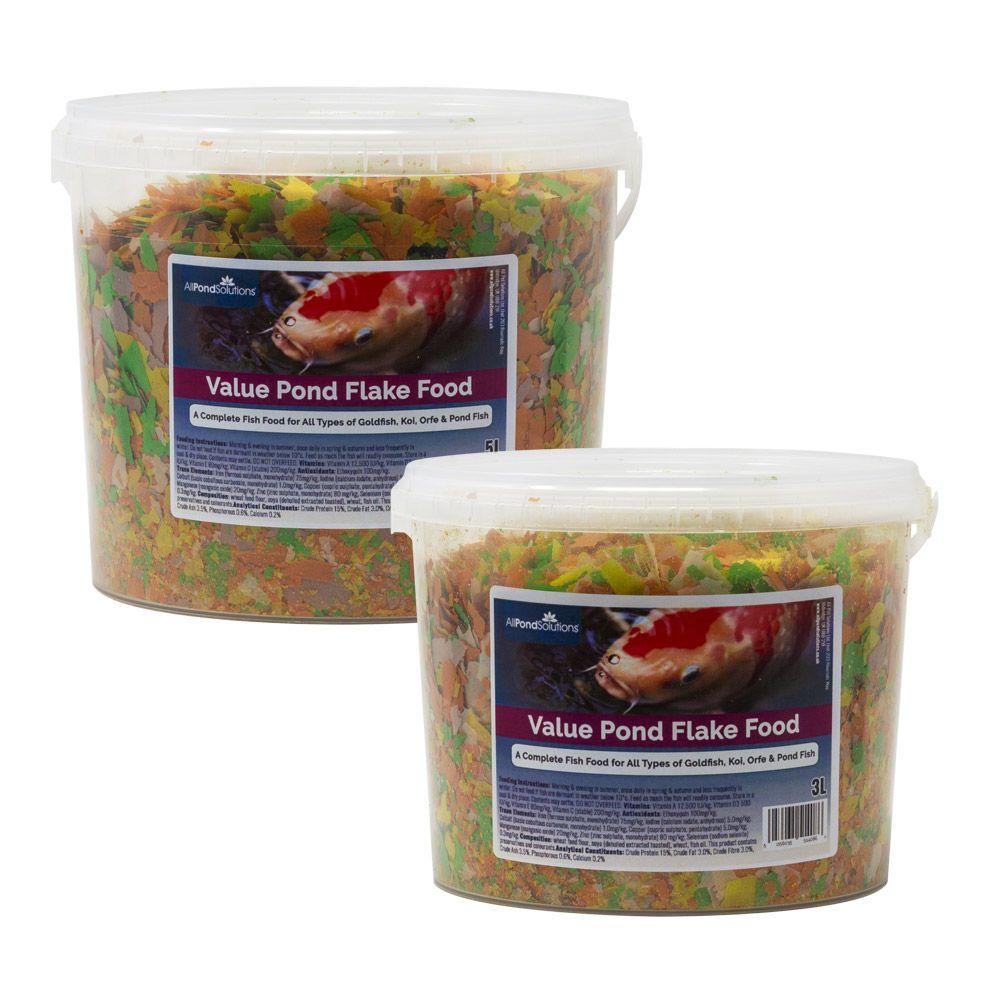Scientific Name: Pelvicachromis pulcher
Please note – The image used above is for illustration purposes only; Size, colour and sex may vary. Many of our livestock species are sold as juveniles and have not yet reached their full size and colour potential. If you have any concerns about the size or colour of the livestock you wish to order, please contact our livestock team via our support centre before placing your order. Due to the large quantities of livestock orders daily, the livestock team will are unable to select fish / shrimp to meet specific gender or aesthetic needs.
Approximate purchase size : 4 - 5.5cm
All Pond Solutions will always endeavour to supply as close to the approximate size range as possible. Due to variations from suppliers on rare occasions this may not always be possible. Images used are to show the full potential of the fish when fully mature and are not always representative of juvenile specimens.
How easy are they to care for?
We would class this as an Easy level of care.
How large can they grow?
Males 10cm, Females 8cm
Where in the world are they from?
Kribensis can be found throughout Nigeria and the Cameroon
What is the ideal number to keep together?
Can be kept in groups, as with all Cichlids care should be taken when spawning as Males can become territorial
What water conditions do they require?
Temperature ranges of 20 - 32 Celsius and will accept pH ranges from 6.0 - 8.0.
What should you feed them?
Will happily feed on a range of frozen, live, flake and pellet foods.
How compatible are they with other fish?
Will coexist with a wide range of Dwarf Cichlids and Community Species. Care must be taken when breeding as Males can become teritorial.
Can they be bred in captivity?
A very easy to breed species. Most typically in need of a cave such as half of a terracotta pot. Females will lay upwards of 300 eggs on the roof of the cave before being fertilised by the Male. Females will tend to the eggs whilst the Male defends the cave entrance. Once free swimming the parents will shepherd the Fry around the tank until they are large enough to fend for themselves.
